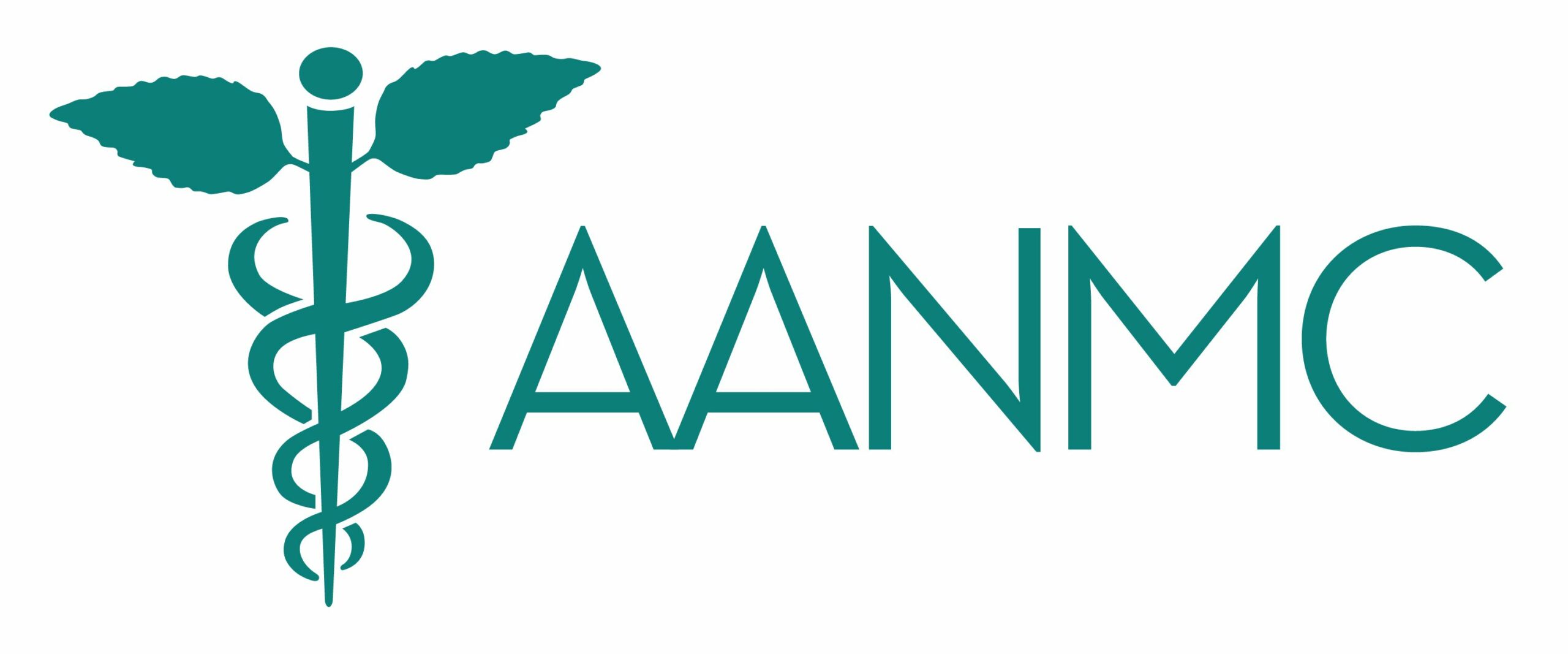People in general are looking to take ownership over various factions of their lives – their health history included. As more and more patients strive to manage their own health and illnesses, they’ve begun to wonder how to get a copy of their health data to share with physicians, upload into apps, or even link to genomic data.
An article published on Jan. 21, 2016, in the New England Journal of Medicine, Time for a Patient-Driven Health Information Economy?”, discusses not only the steps the medical industry has taken in the past to provide this data to patients, but what can be done in the future, particularly with the onslaught of smartphones, apps, and cloud data storage.
“As health care reimbursement shifts toward risk-based contracting, providers seek to understand the totality of patients’ experience, which requires aggregating data across care silos. As the clinical research infrastructure accommodates pragmatic studies and incorporates patient-centered outcomes in therapeutics development, patients are increasingly asked to report on adverse events and end points and donate health data to trials. Fortunately, the belief that it’s dangerous to allow patients access to health data is slowly dissolving, with the advent of programs such as Beth Israel Deaconess Medical Center’s Open Notes, in which doctors and patients jointly read and create chart entries.”
Health-based electronic data is becoming more and more accessible, and Silicon Valley has responded. Apple, for example, released HealthKit in 2015, which allows devices to monitor heart-rate and more in an easy-to-use interface.
But do we really want a patient-driven information economy?
Kenneth D. Mandl, M.D., M.P.H., and Isaac S. Kohane, M.D., Ph.D. (the authors of the published article) say yes.
“A patient-controlled health-record infrastructure can support the development of highly desirable health system qualities. First, it allows a patient to effectively become a health information exchange of one: as data accumulate in a patient-controlled repository, a complete picture of the patient emerges. If patients can obtain their data wherever they go, they can share them with physicians as needed — rather than vice versa. ”
You can read the entire published article here.
Here are some other articles and resources you might be interested in:
What to Expect When You See a Naturopathic Physician (Infographic)
Does the Gender Wage Gap Impact Naturopathic Doctors”








